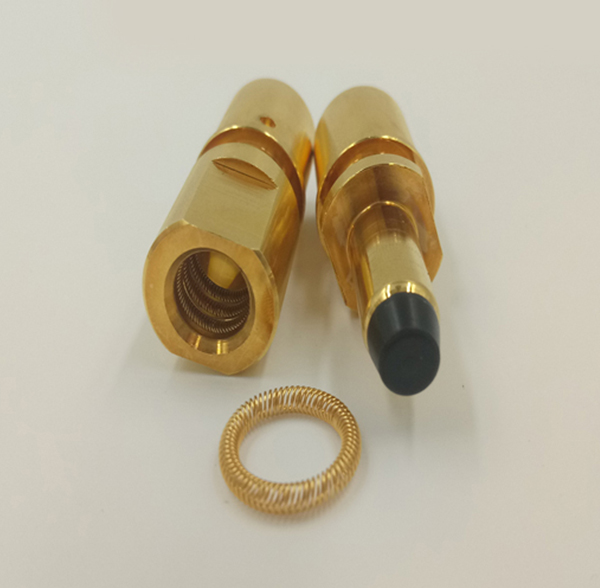Spring, as a material element with elasticity, is deformed by using the elasticity and characteristics of the material. In our daily life, it is used in many places, such as the ballpoint pen we use, which has a small spring inside as a contraction of the ballpoint pen. The Z bottom floor of the elevator is used for shock absorption and there is also the shadow of the spring, and other machinery and equipment, instrumentation, etc. have the use of springs, mainly for motion to ease impact or vibration, measure the size of force and other purposes. There are also many types of springs, and the following is introduced by Shenzhen Spring Factory to the classification and main functions.
First, the classification of springs
A spring is a commonly used part, a part that can store energy, which can be used for shock absorption, clamping, energy storage and measurement. There are many types of springs, which can be divided into tensile springs, compression springs, torsion springs and bending springs according to the different loads. According to the different spring shapes, it can be divided into coil springs, disc springs, ring springs, disc springs, leaf springs, etc., and according to the material, it can be divided into metal, non-metal, plastic, rubber, gas spring, etc.
Spring products are suitable for all kinds of toys, lighting, handbags, leather goods, bags, gifts, handicrafts, stationery, electronics, electrical appliances, cameras, precision equipment, all kinds of vehicles, hardware and plastics, electronic scales, remote controls, baby carriages, bicycles, washing machines, vacuum cleaners, lamps, cars, furniture, toys, switches, sockets, water heaters, calculators, watches, igniters, mice, motors, mobile phones, medallions, fans, video DVDs and so on!
Second, the function of the spring
Spring is a widely used elastic part, which has the characteristics of easy deformation and high elasticity. The main functions in real life are the following, and the following is introduced by Shenzhen Spring Factory.
1. Ease the shock and absorb vibration
The use of spring deformation to absorb energy during shock and vibration, such as cushion springs on vehicles and forging equipment, vibration absorbing springs in couplings, etc.
2. Control the movement of the mechanism
The spring force is used to maintain contact between parts to control the movement of mechanisms, such as valve springs in internal combustion engines, control springs in brakes, clutches, cam mechanisms, governors, safety springs on safety valves, etc.
3. Store and output energy
Use the energy stored when the spring is deformed to do work, such as clock springs, bolt springs, springs in the automatic return device of the tool holder in automatic machine tools, etc.
4. Measure the magnitude of the force
The magnitude of the load is measured by using the characteristics that the spring deformation is linearly related to the load it bears, such as force testers, spring scales, springs in engine dynamometers, etc.














